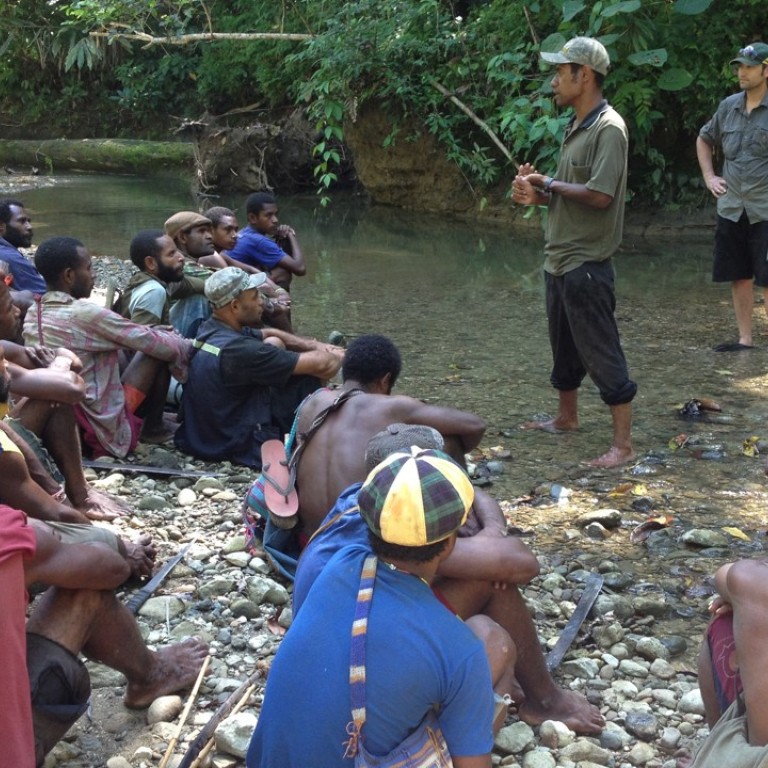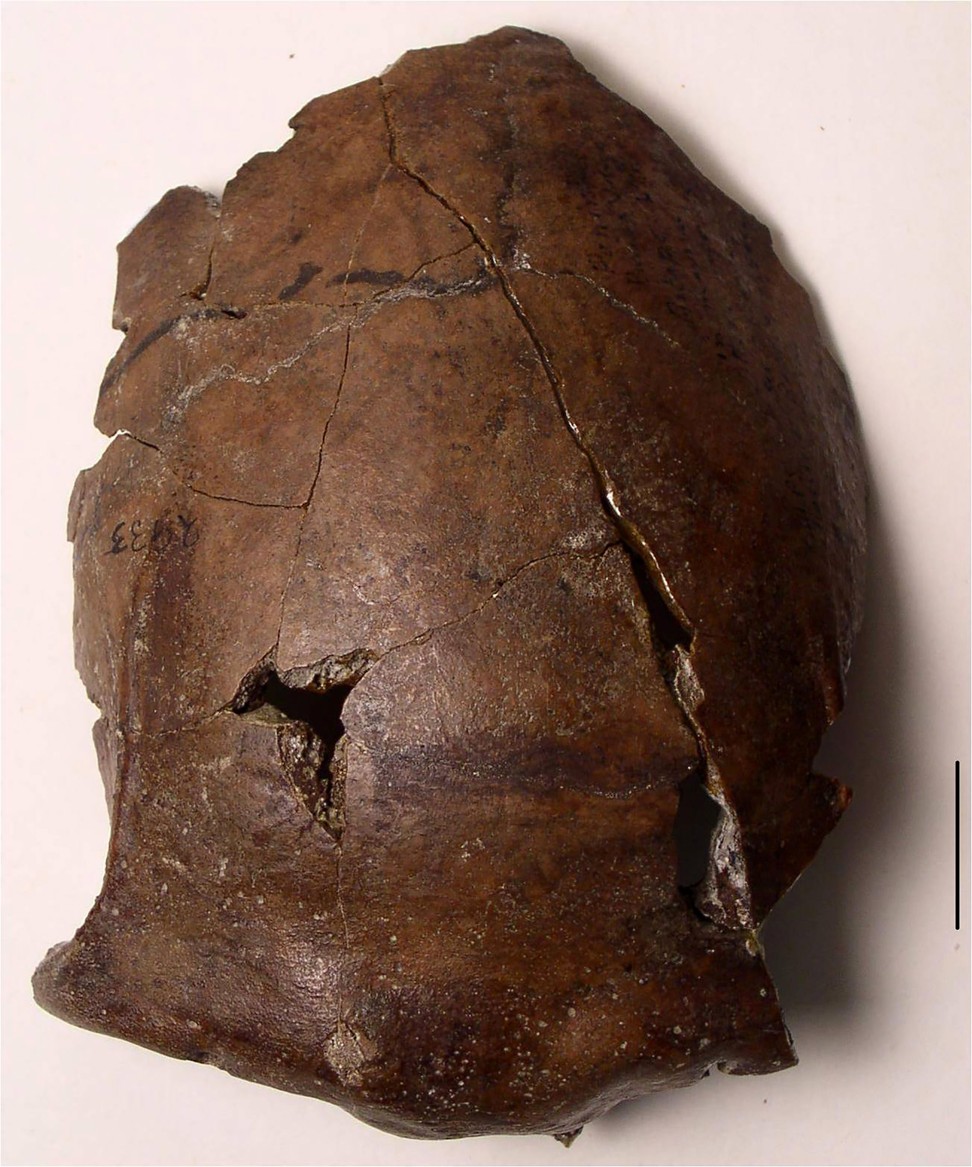
Skull found in Papua New Guinea belonged to ‘world's oldest tsunami victim’, who died 6,000 years ago
Research in the Pacific has shown that throughout history, the region has seen repeated catastrophic tsunamis that have caused death and abandonment of settlements
A 6,000-year-old skull found in Papua New Guinea is likely the world’s oldest-known tsunami victim, experts said Thursday after a new analysis of the area it was found in.
The partially preserved Aitape Skull was discovered in 1929 by Australian geologist Paul Hossfeld, 12 km inland from the northern coast of the Pacific nation.
It was long thought to belong to Homo erectus (upright man), an extinct species thought to be an ancestor of the modern human that died out some 140,000 years ago.
But more recent radiocarbon dating estimated it was closer to 6,000 years old, making it a member of our own species – Homo sapiens. At that time, sea levels were higher and the area would have been near the coast.
An international team led by the University of New South Wales returned to the site to collect the same geological deposits observed by Hossfeld.
We conclude that this person who died there so long ago is probably the oldest-known tsunami victim in the world
Back in the lab, they studied details of the sediment including its grain size and geochemical composition, which can help identify a tsunami inundation.
They also identified a range of microscopic organisms from the ocean in the sediment, similar to those found in soil after a devastating tsunami hit the region in 1998.
“We have discovered that the place where the Aitape Skull was unearthed was a coastal lagoon that was inundated by a large tsunami about 6,000 years ago,” said study author and UNSW scientist James Goff. “It was similar to the one that struck nearby with such devastating effect in 1998, killing more than 2,000 people.
“We conclude that this person who died there so long ago is probably the oldest-known tsunami victim in the world.”
The conclusions, aided by researchers from the United States, France, New Zealand and Papua New Guinea, are published in the journal PLOS ONE.
Goff, a world authority on tsunamis, said while the bones of the skull had been well-studied previously, little attention had been paid to the sediments where they were unearthed.
“The geological similarities between these sediments and the sediments laid down during the 1998 tsunami made us realise that human populations in this area have been affected by these massive inundations for thousands of years,” he said.
“After considering a range of possible scenarios, we believe that, on the balance of the evidence, the individual was either killed directly in the tsunami, or was buried just before it hit and the remains were redeposited.”

Following the 1998 tsunami, which penetrated up to 5km inland, attempts to retrieve victims were called off after a week because crocodiles were feeding on the corpses, leading to their dismemberment.
This may also explain why the skull of the person who died 6,000 years ago was found on its own, without any other bones, the researchers said.
World attention has been drawn to the devastating impact of tsunamis in recent decades, particularly following those in Indonesia in 2004 and Japan in 2011, which killed about 230,000 and 16,000 people respectively.
But research in the Pacific has shown that throughout history and prehistory, the region has seen repeated catastrophic tsunamis that have caused death, abandonment of settlements, breakdown of trading routes and even war, the study said.
“This work reinforces a growing recognition that tsunamis have had a significant influence on coastal populations throughout Pacific prehistory and doubtless elsewhere as well,” said study co-author Darren Curnoe, also from UNSW.

.png?itok=arIb17P0)